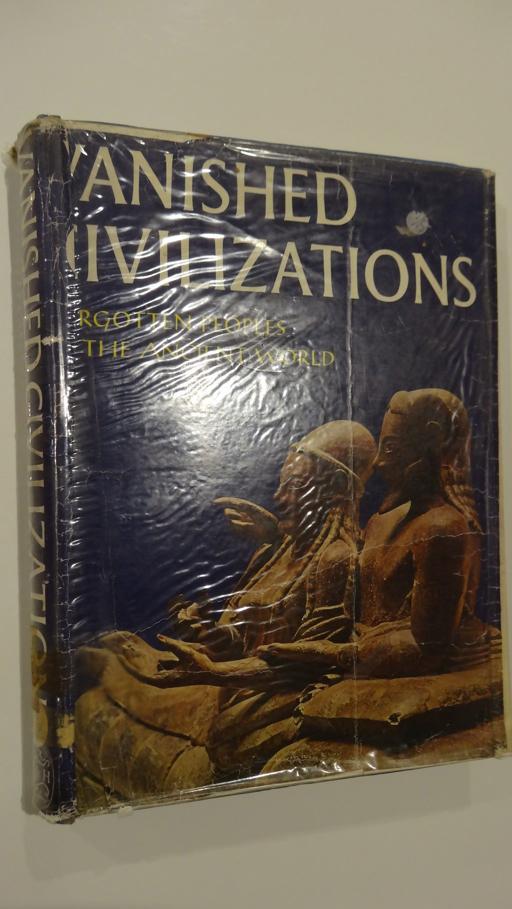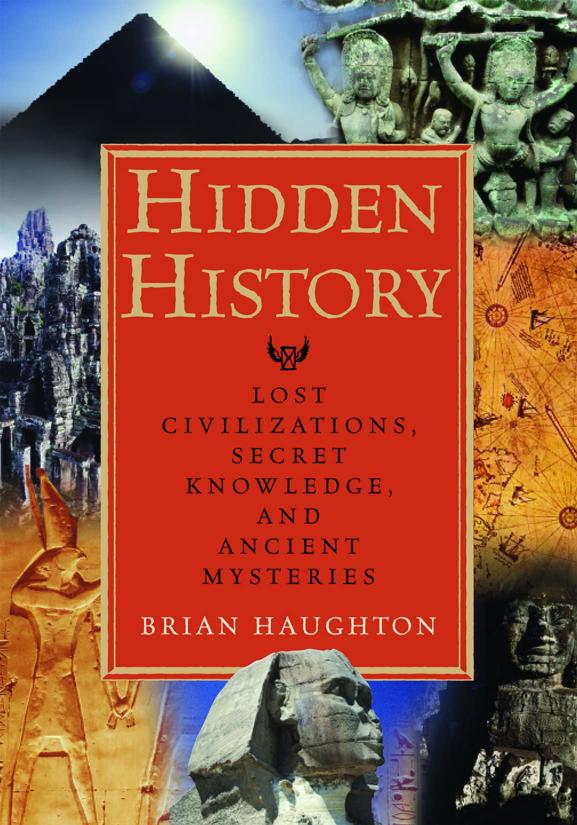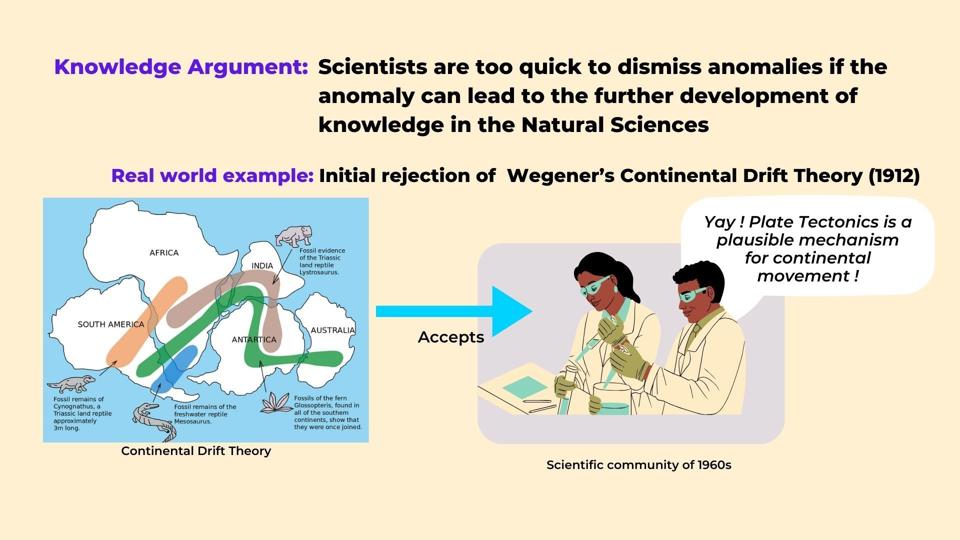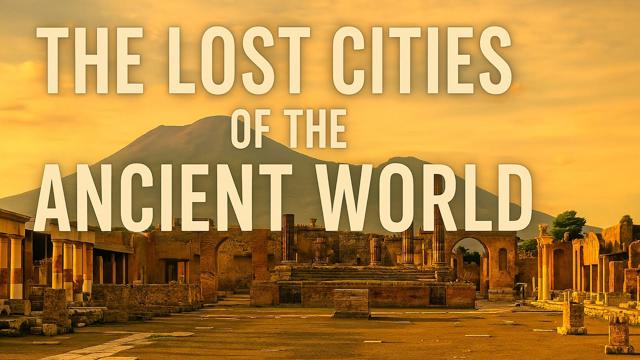The Science of Historical Erasure
Understanding the Impact of Historical Erasure and Its Consequences
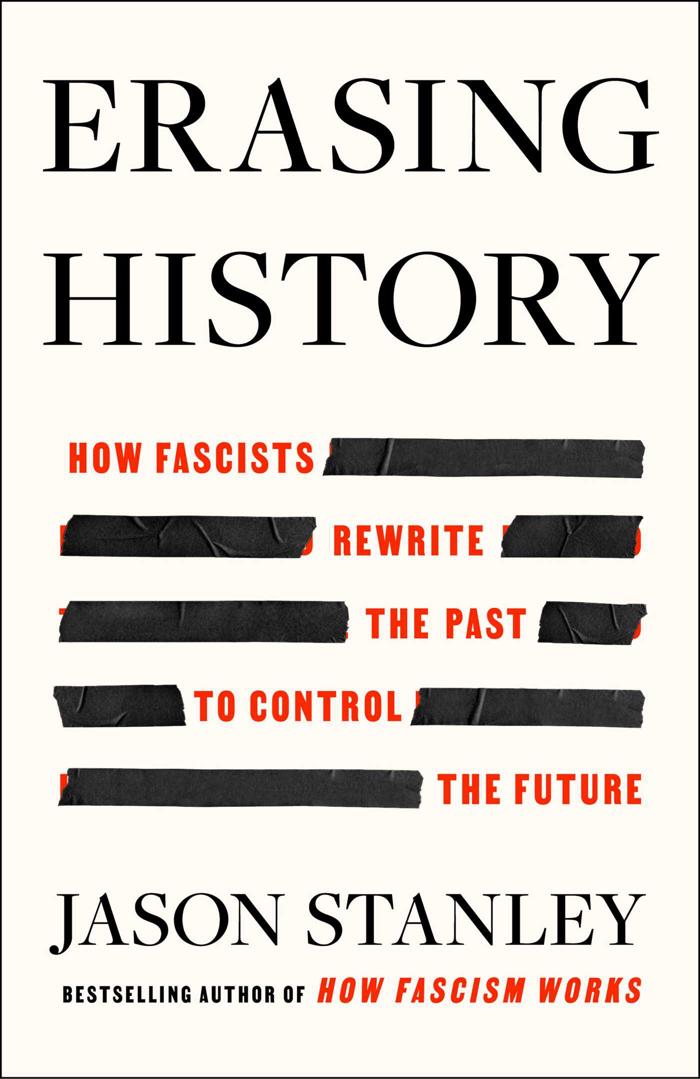
Frequently Asked Questions
Historical erasure can shape current social dynamics, perpetuate stereotypes, and lead to the marginalization of certain groups, ultimately influencing societal norms and values.
Effective ways to combat historical erasure include education reform that incorporates diverse histories, community activism to highlight marginalized narratives, and digital projects that bring overlooked stories to light.
Step by Step Guide
1
Defining Historical Erasure
Historical erasure is the act of omitting facts, events, or figures from the historical record, leading to a distorted understanding of history. This can occur through censorship, neglect, or deliberate misinformation and impacts societal views and identities.
2
Identifying Forms of Historical Erasure
Learn about various forms of historical erasure, such as textual erasure (removing references from books or documents), narrative erasure (ignoring significant events or figures in storytelling), and digital erasure (censoring information online).
3
Exploring Causes of Historical Erasure
Investigate the reasons behind historical erasure, which may include political motivations, cultural biases, societal pressures, and the desire for power. Understanding these causes helps us grasp the systematic nature of erasure.
4
Examining the Victims of Historical Erasure
Delve into the groups and individuals who have been erased from history, such as marginalized communities, women, and minority groups. Examine how their stories and contributions are overlooked in mainstream historical narratives.
5
Consequences of Historical Erasure
Discuss the societal implications of historical erasure, including the perpetuation of harmful stereotypes, the loss of cultural identity, and the impact on collective memory. Historical erasure affects our understanding of justice and equality in contemporary society.
6
Case Studies of Historical Erasure
Examine key case studies, such as the erasure of Indigenous histories, the roles of women in revolutions, and the minimization of contributions from enslaved peoples, to understand specific instances of erasure and their wider implications.
7
Reclaiming Erased Histories
Discuss strategies for reclaiming erased histories, including grassroots movements, educational curriculum reform, and the use of digital media to amplify marginalized voices. Highlight how public history projects can restore lost narratives.
8
Role of Education in Historical Awareness
Explore how education plays a vital role in fostering awareness about historical erasure, emphasizing the importance of inclusive history curricula that reflect diverse perspectives and promote critical thinking about historical narratives.
9
Promoting Engagement and Advocacy
Encourage active participation in advocacy efforts aimed at recognizing and addressing historical erasure, whether through writing, art, community outreach, or digital activism. Highlight the importance of solidarity in combating erasure.
10
Creating Legacy and Preservation
Conclude by discussing the need for legacy projects that preserve marginalized histories for future generations. This includes archiving, memorials, and digital storytelling platforms that allow for varied and complex historical narratives.



